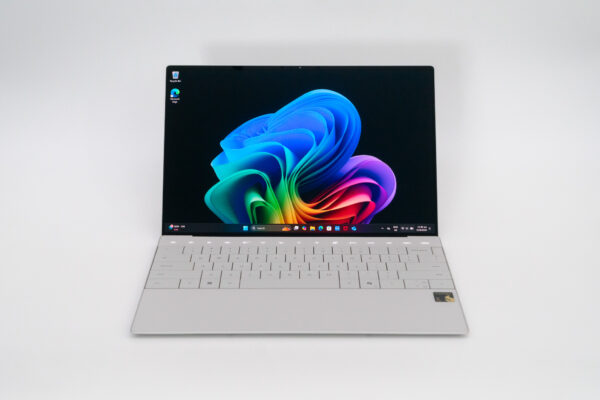
The Dell XPS 13 9345 is among the several new Windows on ARM laptops and convertible devices that launched in June 2024. If you’re looking for the ultimate ultraportable with ultra-long battery life, this XPS 13 9345 could be the laptop for you.
Battery life has long been the bane of Windows laptop users. Year after year, despite how Intel tells you they’ve improved power efficiency, we still don’t get any laptops that can compete at the level of Apple’s MacBook laptops.
Microsoft’s renewed push on Windows on ARM together with Qualcomm’s new Snapdragon X series processors promises to shake things up. These new processors promise power-efficiency never heard off from Intel and AMD, yet with performance that can meaningfully compete with Intel, AMD, and even Apple’s M-series processors. Microsoft’s new Prism emulator promises to run most x86 software as efficiently as Apple’s Rosetta 2 emulator. This is an exciting time for Windows laptops.
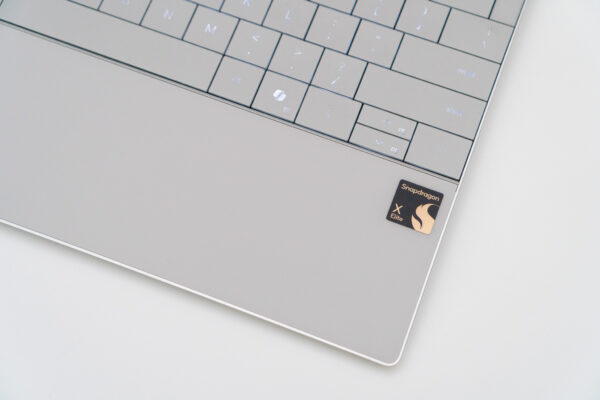
Dell has taken this opportunity by putting a Snapdragon X Elite processor in their insanely sleek and modern XPS 13 Plus. The X Elite is the more powerful version of the two Snapdragon X processors, the other being the X Plus. If I may sum this up quickly for those familiar with the XPS 13 Plus, the XPS 13 9345 is the same thing except that the Intel 12th Generation processor has been replaced by an ARM-based Snapdragon X Elite.
The XPS 13 9345’s design is gorgeous. I’ve always liked XPS 13s. The XPS 13 9380 from 2019 was so great I had nothing left to complain about. Of course, when things get so great that manufacturer’s start to make more adventurous design decisions, their choices can be polarising.
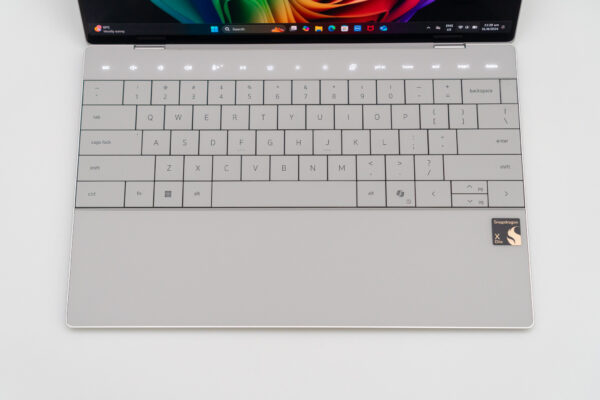
For example, I am not fond of the row capacitive function keys on the XPS 13 9345. Physical keys are infinitely better. I get it, if you don’t use function keys much, maybe that is fine. I need to use the Escape key a lot. It’s capacitive on this laptop, and I nearly cannot work with it.
However, the keyboard deck on the XPS 13 9345 is like, I hesitate to call it art, but certainly something beautiful to look at. The keys stretch as wide as the chassis would allow, literally right up to the edges, in order to maximise the space given the diminutive size of the laptop. The key caps are enlarged until they are edge-to-edge with each other. This expanse of flatness looks nice. The keys are backlit too.
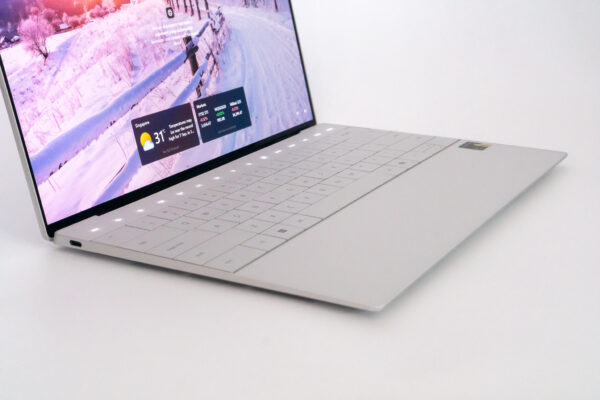
The typing experience, however, is a mixed bag for me. The keys themselves feel alright — clicky and with just enough travel for such an ultrathin laptop. I did find the flatness of the keys, and the lack of space between the keys, made it harder for my fingers to find their place on their keys, ultimately lending to some typing inaccuracies from time to time. The absence of orientation cues may not be a significant issue for occasional typists, but for someone like me who types a lot for emails, programming, blog posts, and relies heavily on the command line for IT work, it is a loss of functionality.
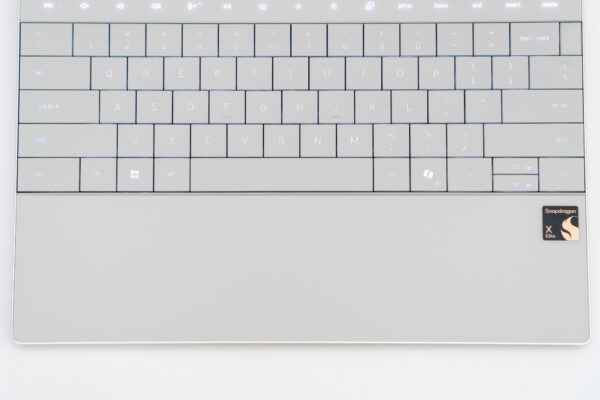
Then, let’s talk about the elephant in the room, or the lack of, on this keyboard deck. Look ma! No touchpad! Dell has so seamlessly integrated the touchpad into the keyboard deck that you don’t see it. It’s huge, actually, stretching from the left edge of the space bar until the right edge of the right Alt key, and almost to the top and bottom edges of the palm rest. It’s approximately 5.2-inches diagonally. The entire keyboard deck, including the area for the capacitive touch function keys, have a soft matt glass finish that has a very nice premium feel.
If you’re wondering, how do you use that touch pad if you don’t see it? As it turns out, I can attest that in real-world use, there’s nothing to worry about. Just go use the touchpad without thinking about it. It’s large enough that your fingers will naturally find its place on it, or perhaps the touchpad will find your fingers. It’s really cool.
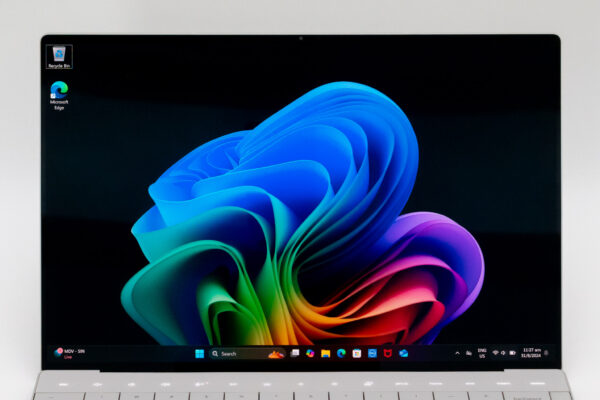
The XPS 13 9345 has a 13.4-inch display. There are several display panels available, and my review unit came with the top-end OLED 3K panel with 2880×1800 resolution, 60Hz refresh rate, and touch support. The display has 400 nits of brightness, and the screen has an effective anti-reflective coating.
The display has all the qualities you’d expect of an OLED panel. Colours and vivid and vibrant. I can’t tell you about colour accuracy as my Spyder5PRO colorimeter doesn’t work on ARM, and unfortunately Dell doesn’t have this detail listed either. It looks excellent to me. The anti-reflective screen makes the display easy to work with under most lighting conditions. I had no trouble shooting photos of this XPS 13 9345, for example, unlike with the Microsoft Surface Laptop 7.
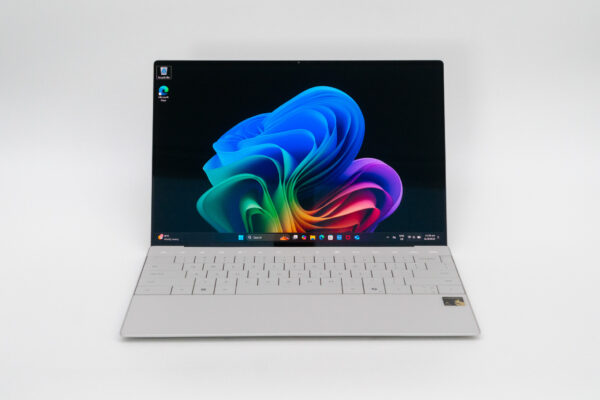
The other display options available are FHD+ IPS without touch, and QHD+ IPS with touch.
The Full-HD webcam produces good image quality. I did find them a bit “processed”, even without any of the new Studio Effects that come with Copilot+ PCs. The 1080p resolution is a good baseline for videoconferencing in 2024.
The camera also has infrared features that support Windows Hello. Logging in with facial recognition is fast and very convenient. The XPS 13 9345 also features a fingerprint reader that is integrated into the power button on the keyboard. You get the best of both worlds here: facial recognition or fingerprint login. I appreciate having the flexibility to choose.
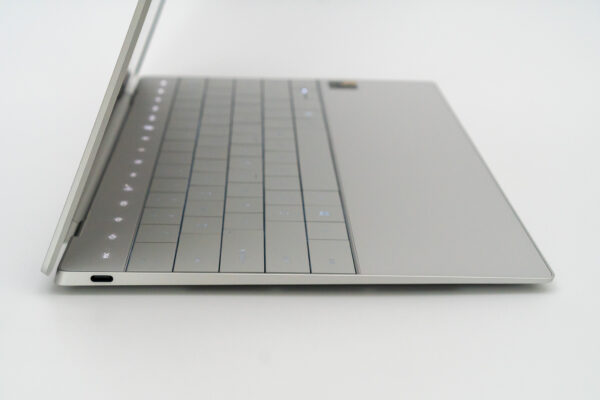
The ports situation on the XPS 9345 is not great. You get the bare minimum. Just one single USB 4 Type-C port on each side of the laptop. They both support 40 Gbps with DisplayPort and Power Delivery. A good thing is that you can choose which side to power the laptop from.
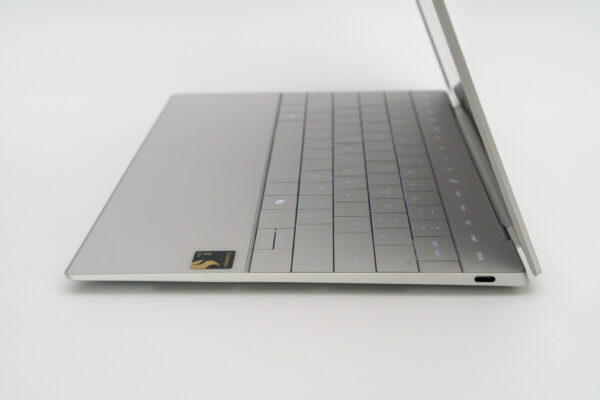
The XPS 13 Plus used to come with adapters to USB Type A and a 3.5 mm audio jack, but this new XPS 13 9345 has none included.
The XPS 13 9345 is the ultimate in ultrathin and ultralight laptops. This OLED version measures just 295.3 x 199.1 x 14.8 mm and weights only 1.17 kg. Note that the non-OLED display versions are a tad thicker at 15.3 mm and weigh 1.19 kg.
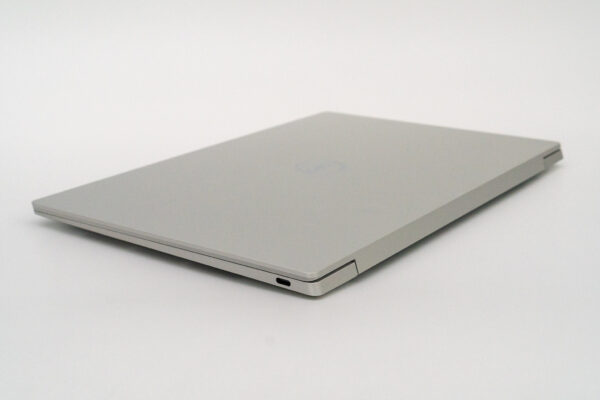
Regardless of the display variant, the XPS 13 9345 is definitely an ultraportable that you’ll find very easy to take anywhere with you.
Dell offers only one processor option with the XPS 13 9345, that is the Snapdragon X Elite X1E-80-100 which has 12 cores and up to 3.4 GHz, and dual-core boost up to 4.0 GHz The GPU is rated for 3.8 TFLOPS. All Snapdragon X processors have 45 TOPS NPU and.
The Geekbench 6 scores for the XPS 13 9345 are impressive.
| Battery, Balanced | Plugged-in, Best Performance | |
| Single-core | 2484 | 2744 |
| Multi-core | 14631 | 14384 |
| Compute | 20756 | 20319 |
That confirms the Snapdragon X Elite outperforms the MacBook Air M3 in multi-core, though single-core performance and GPU performance still lag behind.
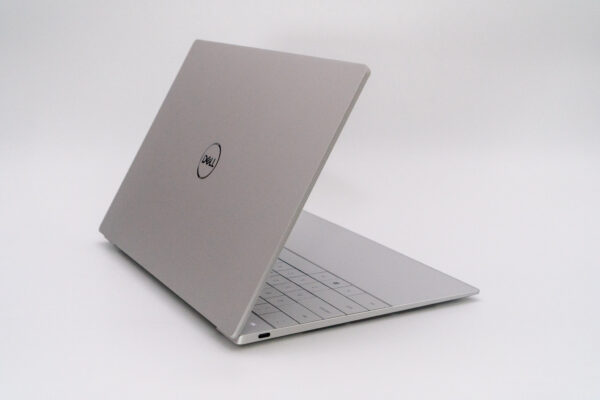
In Cinebench R24, the XPS 13 9345 scores 120/123 (battery balanced/plugged-in best performance) in single-core tests, and 910/925 (battery balanced/plugged-in best performance) in multi-core tests. The laptop heats up quickly and it is apparent that some thermal throttling has kicked-in. The scores are worse if there isn’t sufficient cool-down time between test runs.
There is 32 GB of RAM onboard, and a 1 TB NVMe storage. The latter is a Samsung PM9A1 NVMe stick that has very good performance, delivering 6.6/4.9 GBps reads/writes in the SEQ1M Q8T1 test, and 330/550 MBps reads/writes in the RND4K Q32T1 test.
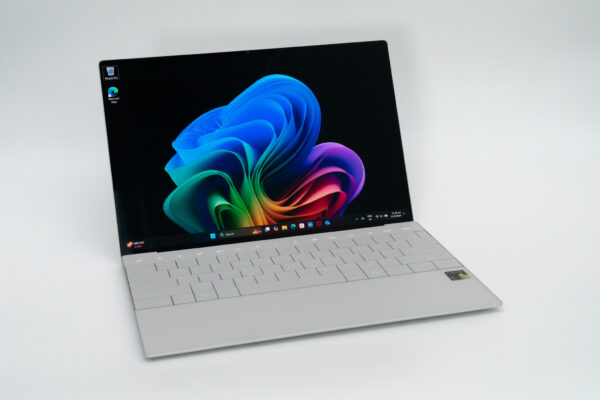
Let’s talk about battery life. My YouTube 4K video loop test on the XPS 13 9345 ran for 14 hrs 28 mins. This would be pretty impressive for an Intel or AMD laptop. However, I was hoping to see even longer battery life given all the hype that Qualcomm has drummed up. Microsoft’s Surface Laptop 7 boasts 20 hours, though of local video playback.
Dell claims 27 hours of streaming battery life with the FHD+ model. Obviously my review unit with a 3K OLED panel would not fare so well. Even if we dial down that claim to something like 24 hours, it would seem like the OLED panel adds a 10 hr cost penalty to the battery.
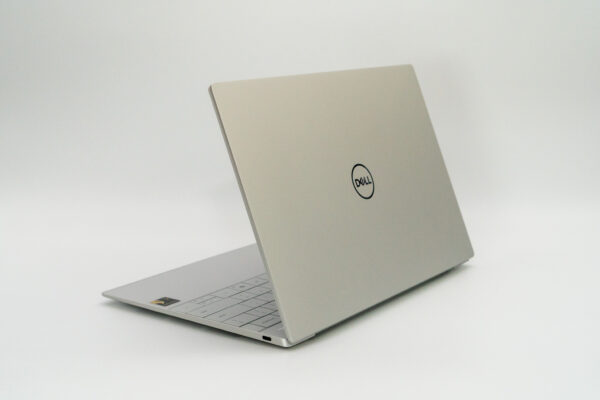
Still, I think the XPS 13 9345 battery performance is commendable. It has to make do with a limited 55 Wh battery capacity given the diminutive chassis.
You can most definitely get by a workday without worrying about power. But you probably need to consider charging between days if you need to use it for the better part of each workday.
Dell includes a 60 W AC charger in the box. There’s no other accessory included.
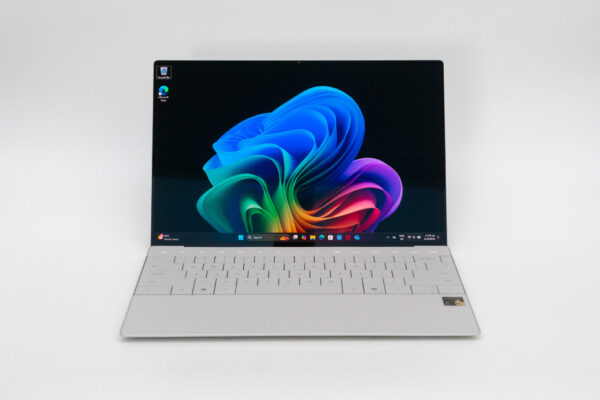
The Dell XPS 13 9345 as configured in this review (32 GB RAM, 1 TB storage, 3K OLED touch display) retails for $3,099. You can get a 16 GB RAM, 512 GB storage, FHD+ non-touch display version from $2,299. The QHD+ touch panel will cost $200 more. You can choose between Graphite or Platinum (as reviewed here) colours.
Conclusion
The Dell XPS 13 9345 is an ultrathin and ultralight laptop with an iconic design. The OLED touch screen is beautiful, the seamless invisible touchpad works well, but the capacitive function keys could be polarizing for some users. The Snapdragon X Elite processor is powerful enough to replace Intel and AMD ones, and its battery performance while possibly weighed down by an OLED panel, is still well above average.
1 thought on “Dell XPS 13 9345”
View Comment Policy